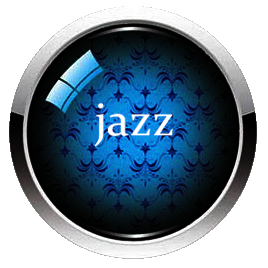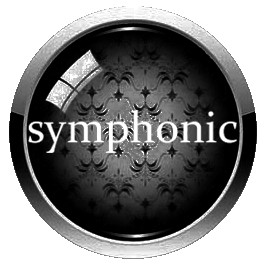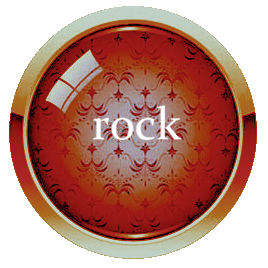
On the Virtues of Counterpoint
by Lee Duane FitzSimmons
When it comes to writing for the symphonic and orchestral genres, one of the greatest joys of the creative process is the addition of contrapuntal lines. Counterpoint is a magnificent tool that simultaneously adds additional elements of both harmony and melody in a supplemental fashion that greatly enhances the primary structure of a work. Thanks to the innovations of modern technology, it is now quite easy to hear what the outcome of a particular idea will be immediately after it has been conceived. No longer is a composer forced to deal with the time consuming filter of paper and live musician in order to hear what the final product will sound like. This statement is not meant to belittle the entire aspect of writing out parts and having a composition performed by live musicians because when this process is done with skill and expertise, the ultimate outcome is often far more pleasant aesthetically than when electronic devices are used to produce the sound. However, when employed correctly, electronic devices will not only mimic live musicians but also create an entirely new dimension of sound. Both methods have their merits and neither one should be excluded from a composer's repertoire of tools.
The reason that electronic tools are so important to the creative process of adding counterpoint to a piece is because it is extremely difficult to simultaneously perform two completely independent lines (much less three or four). Therefore, to hear the final product and analyze it objectively so as to make alterations becomes a very hard process for one individual to undertake unless there is outside assistance of some sort. Unless the composer has one or more musicians with spare time to assist in the creative process, it is often practical to have some type of playback device that allows for one or more lines to be played while other lines are added.

Some of the merits of counterpoint include the fact that counterpoint can focus on certain harmonic guide tones that lead the ear to a particular color without having an underlying chordal structure perform this task. If there is some type of chordal foundation underneath the lines, then the counterpoint can further accent any changes that the composer would like to have emphasized. Counterpoint can also expand the underlying harmonic structure by moving to various tensions that enlarge the overall scope of the harmony.
Counterpoint can also be used to fill in the gaps of longer tones in the primary melodic line(s). These types of compositional devices are extremely useful in filling out the texture of a piece without adding any unnecessary clutter. When done correctly, these compositional strategies can add new dimensions to a work by allowing a composition to be transformed into a masterpiece where the unified whole is far greater than the sum of the many elements used in the construction of the piece.
In addition to all of the aforementioned virtues described above, a line of counterpoint is a melody; melody is the foundation of music.
Therefore, it is this aspect of counterpoint that justifies its use more than any other.
* * *
INDEX
 |
 |
 |
 |
 |
 |
HOME * BOOKS * SANCTUARY * BIOGRAPHY
JAZZ * SYLVAN * ELECTRONIC * SYMPHONIC * ROCK * REGGAE
Copyright 2014 by Lee Fitzsimmons